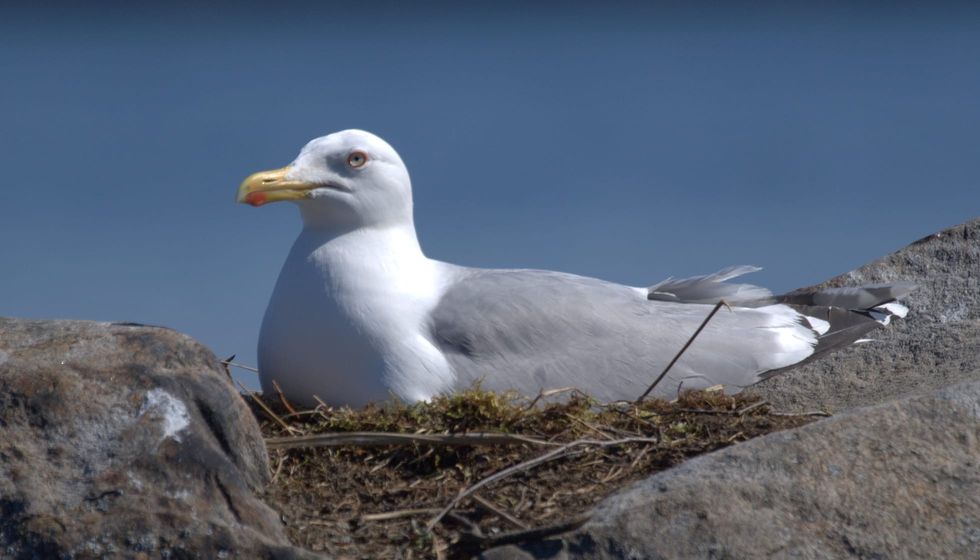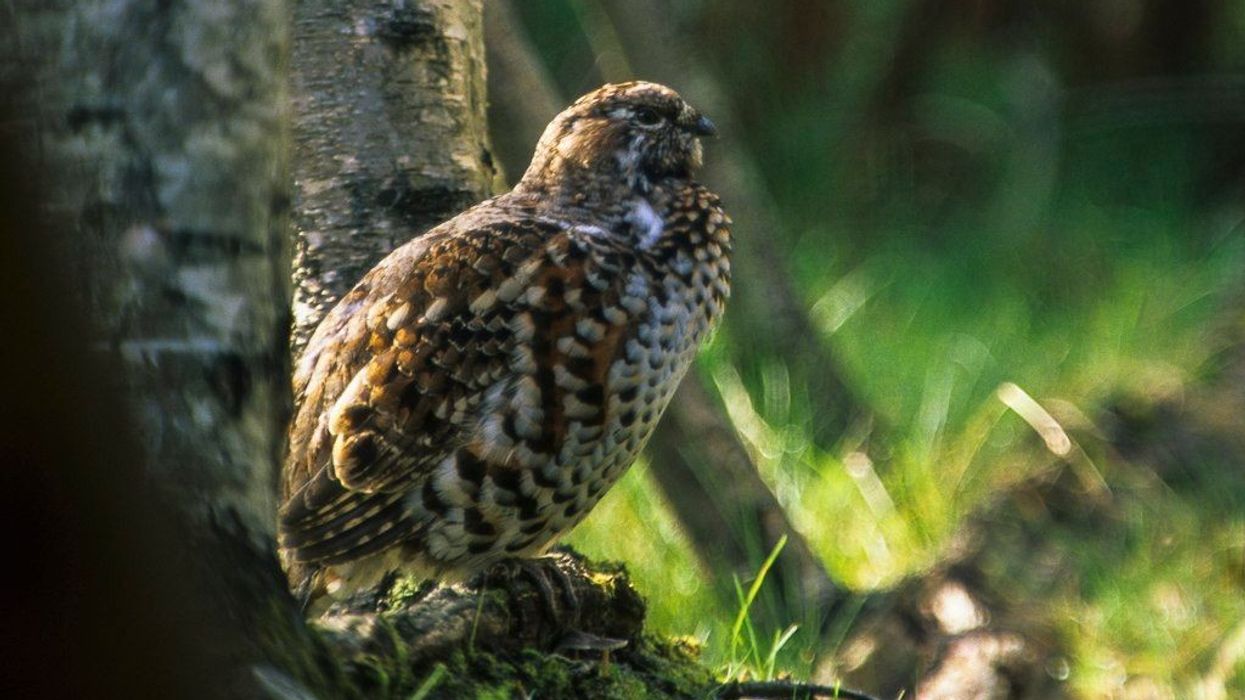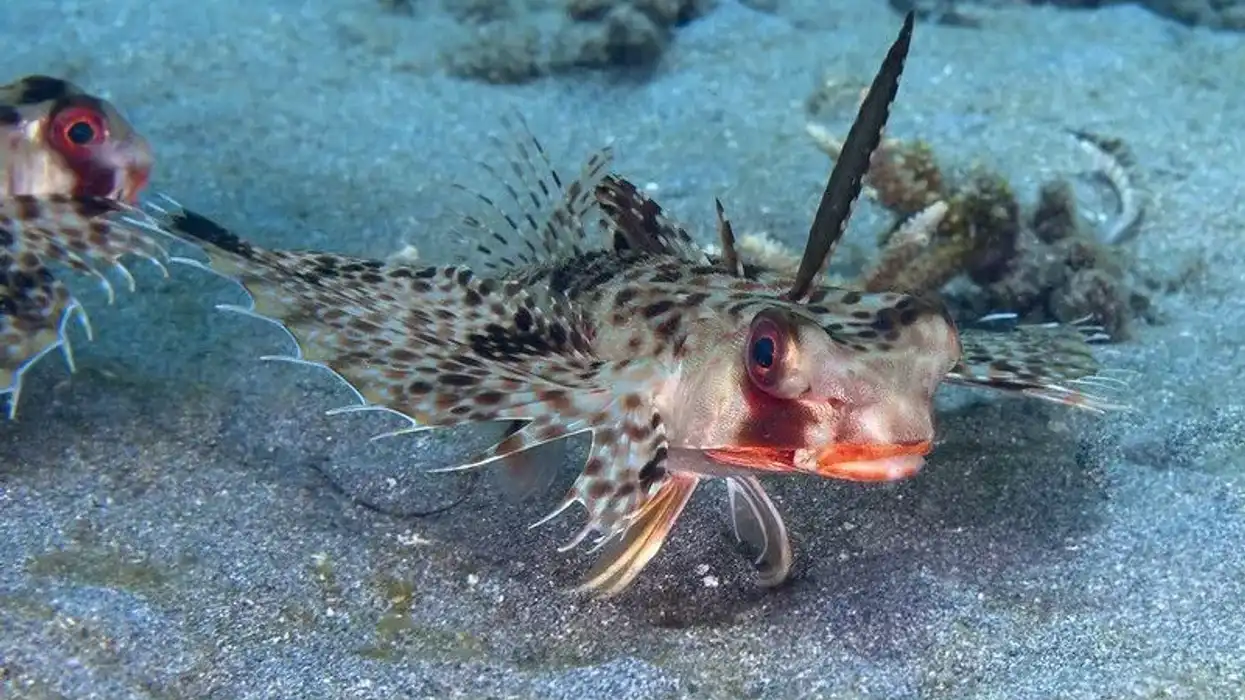If you want your child to know about the naughty bird that snatches away their chips when they visit the coast, introduce them to this avian!
The herring gull is an opportunistic species of bird found along the coasts in the Northern Hemisphere. It is a large bird that flocks in numbers along the coast of water bodies.
Its geographical range is larger than any other gull. Several birds under the genus Larus are collectively called herring gulls. This includes the European herring gulls, the North American herring gull, the vega Gull.
There are also some other sub-species that were previously considered a part of this species. They are the Armenian gull, the Caspian gull, and the yellow-legged gull. These birds sound similar to the great black-backed gull and the lesser black-backed gull.
The plumage of the birds in the first winter and the second winter varies. The whitish hue in the plumage is distinctly visible from the second winter.
Like reading about this avian? Want to know more? Let's move further!
If you like reading about this, you may also like reading western gull facts and ring-billed gull facts.
Herring Gull Interesting Facts
What type of animal is a herring gull?
The herring gull is a bird of kingdom Animalia, phylum Chordata, subphylum Vertebrata, order Charadriiformes, and family Laridae.
What class of animal does a herring gull belong to?
The herring gull belongs to the class Aves, that is, it is a bird.
How many herring gulls are there in the world?
There are several million pairs of herring gulls in the world.
Where does a herring gull live?
The gulls are found in the area around sea beaches, farmlands, commercial fishing areas, marshes, dock areas, garbage dumps, large reservoirs, grasslands, and wetlands. The birds live close to water.
What is a herring gull's habitat?
Herring gull's range expansion is throughout the Northern Hemisphere. The gulls are found along the Atlantic coast in Europe, North America, and Asia. The Larus argentatus is of European origin. The Larus smithsonianus are the birds of North America. They are found in the area around the Great Lakes. The Larus vegae are found in East Asia.
Who do herring gulls live with?
Herring gulls live together in large numbers or in colonies.
How long does a herring gull live?
The Larus argentatus has a long lifespan of around 50 years. It is a bird with quite a long lifespan!
How do they reproduce?
In the case of the herring gull, Larus argentatus, the adult male is approached by the adult female. The adult female opts for a submissive posture and begging calls in front of the adult male. If the adult male does not drive her away and instead makes a mewing call, the courtship starts.
This is followed by intricate head tossing movements between the adults. Copulation and egg-laying come next. Both the adult gulls choose the nest and return to it year after year.
The adult female usually lays 2 to 4 eggs in the nest. The eggs in the nest are olive-brown in color and are incubated for up to 30 days by both the male and the female.
European herring gulls are usually monogamous. However, it depends upon how successful the gulls are in creating their progeny. The breeding range is along the nesting areas.
What is their conservation status?
The Arctic herring gull (North American), as well as the European herring gull or the herring gull Larus argentatus, have a conservation status of Least Concern in the International Union of Conservation (IUCN) Red List.
Herring Gull Fun Facts
What do herring gulls look like?

The adult plumage is gray and white. The back is gray and underbelly white. The gulls have a bill that is yellow with a red spot. The bill is medium in length.
The legs are pink. The tail is dark. Juvenile birds have mottled brown plumages. The eyes of the juvenile are dark brown. They have webbed feet.
The eyes of the adult are golden with a yellow-orange ring around them. The wingtips are black with white mirrors. The wings are long in length. These gulls exhibit four different plumage cycles in their lives.
How cute are they?
The gulls are sharp in looks and may not be termed as cute.
How do they communicate?
The communication amongst the birds is complex and highly developed. There is a loose pecking order depending upon the nature of the bird. Juveniles in want of food peck at the red spots in the beak of the adults.
The gulls use head tossing movements and choking displays to communicate. Their calls if converted to voice texts would sound like 'yucca yucca yucca' or 'kuk kuk kuk'. A long call of the bird has a laughing quality to it.
How big is a herring gull?
The length of a male herring gull is 23-26 in (60-66 cm). The length of a female herring gull is 20.4-24.4 in (52-62 cm). The male is larger than the female. Herring gulls are bigger than crows. The ring-billed gulls are smaller than American herring gulls.
How fast can a herring gull fly?
The herring gull can fly at a minimum speed of 17 mph (27.4 kph). The maximum speed is 20 mph (32.2 kph). The average speed with which the gulls fly is 18.3 mph (29.4 kph)
How much does a herring gull weigh?
The weight of a male herring gull is 2.3-2.7 lb (1.04-1.22 kg). The weight of a female herring gull is 1.7-2.2 lb (0.77-0.99 kg).
What are the male and female names of the species?
The male and female of this gull species do not have separate names.
What would you call a baby herring gull?
The herring gull chicks are called fledglings.
What do they eat?
The gulls have various food sources. The gulls are omnivores, scavengers, and skimmers. They feed on echinoderms, crustaceans, fish, small mammals, insects, eggs, and young birds.
The gulls also feed on tubers, grains, or seeds. The saltwater and the sea serve as food sources for the bird. The diet of the gulls varies with season and location, that is, with the availability of food.
Are they dangerous?
They are not that dangerous to humans. However, the birds tend to snatch food from human hands if the human is unmindful. They may also peck or scratch if they feel their nests are being threatened. Humans need to be careful when they are near the colonies of these birds in order to avoid any conflict.
Would they make a good pet?
They may not be good as pets.
Did you know...
The herring gulls start building their nests in May.
The birds are helping in monitoring the basin around the Great Lakes in North America.
The wingspan of a herring gull is 48.4-58.2 in (123-148 cm).
Seagulls scream in order to warn others of danger. They may continue to do so until the threat neutralizes.
A group of herring gulls is known by many names. It is called a colony of gulls, a screech of gulls, etc.
Herring gulls are territorial. Their individual territory depends on a number of factors like the habitat, the available space, the colony size, the other species inhabiting the area, etc.
The herring gulls are migratory birds. The adult herring gulls migrate more across regions than young gulls. The migrating months are from August to October and February to April.
Herring gulls mature around four years of age. They do not breed before four to five years of age.
Herring gulls may breed with other gulls like the glaucous-winged gull. As a result, we get the diluted herring gulls as hybrids!
The hybrid between a herring gull and the glaucous-winged gull resembles an adult vega gull with some different physical features. The vega gull has a harsher voice, which is also low in pitch. Some other gulls to check out include the laughing gull, kelp gull, and the Iceland gull.
Why are herring gulls called herring gulls?
The herring gulls are called 'Larus' cause they resemble a gull or a large bird. The word 'argenteus' means silver in Latin.
Are herring gulls endangered?
According to IUCN the population of the herring gulls is decreasing but they are not endangered. The lack of food in the coastal zones is a reason behind this decline.
In the 19th century, these birds were on a sharp decline. However, in the 20th century with the ban on hunting for feathers and harvesting of eggs, their number has improved vastly.
Here at Kidadl, we have carefully created lots of interesting family-friendly animal facts for everyone to discover! Learn more about some other birds from our toucan bird facts and trumpeter swan facts pages.
You can even occupy yourself at home by coloring in one of our free printable herring gull coloring pages.










